CIGRE 2025 Montréal Symposium: Final Report – Part 1
Grid Enhancement, Strategic Planning, Technological Innovation and Climatic Adaptation for Resilient Future Energy Systems

Montreal - Canada
29 September - 3 October 2025
The event in numbers
With 2,400 attendees from 57 countries, the CIGRE 2025 International Symposium in Montréal marked the largest Symposium ever organized outside of Paris. Additionally, this figure does not include the CIGRE members who participated in Working Group meetings held prior to the Symposium.
Figures 1 and 2 illustrate the geographic distribution of the delegates and their industry sectors. The contributions of the 47 speakers in the various panels will be highlighted in the following sections.
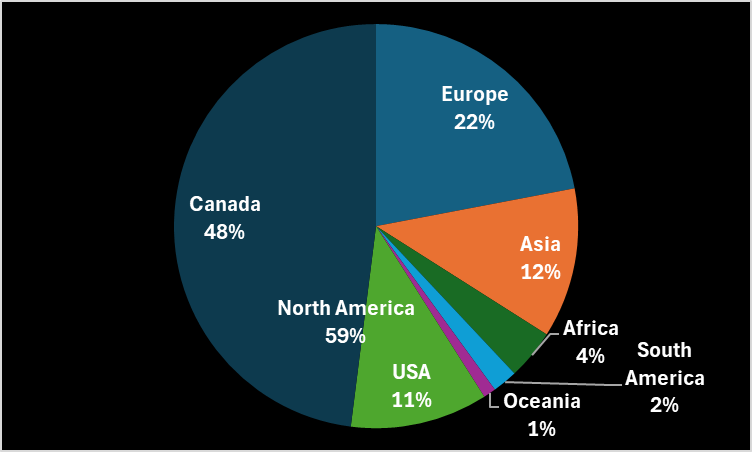
Figure 1 - Geographic distribution of delegates across continents
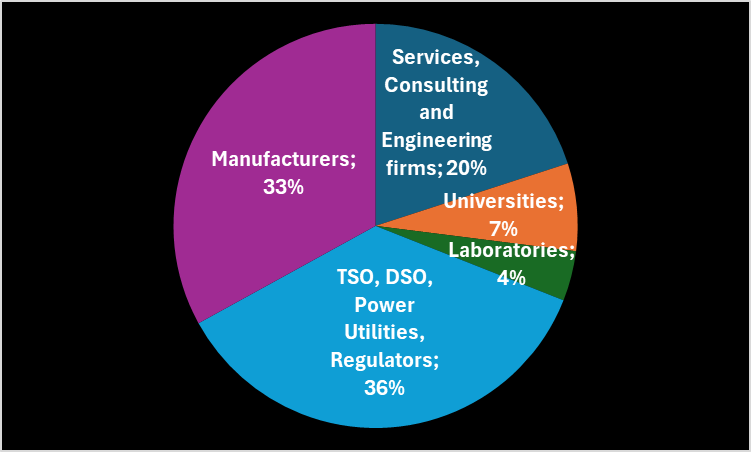
Figure 2 - Distribution of delegates by industry category
Opening Ceremony
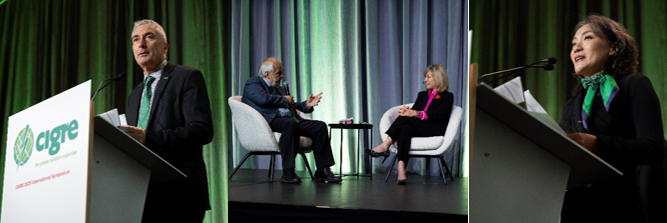
Figure 3 - (From left to right) Pierre Van Dyke – General Chair, Konstantin Papailiou – President of CIGRE, Claudine Bouchard – President and CEO of Hydro-Québec, Joanne Hu – Technical Co-Chair
The 2025 edition of the CIGRE International Symposium opened in Montréal with a powerful message: the energy transition is not optional, it is a shared global responsibility. Following a land acknowledgement, Konstantin Papailiou, President of CIGRE, set the tone by highlighting the stark reality that 20% of the world’s population still lacks access to electricity. He emphasized the scale of the challenge ahead; achieving net-zero emissions will require 20,000 to 35,000 GW of carbon-free generation and over 5 million circuit kilometres of high-voltage transmission lines.
Claudine Bouchard, President and CEO of Hydro-Québec, echoed this urgency, presenting the utility’s ambitious 2035 Action Plan. With a projected investment of $200 billion, Hydro-Québec aims to double electricity generation, add 11,000 MW of capacity, and lead Québec’s transition to a decarbonized future. The strategy is built on four key strengths: sustainable hydroelectric generation, vast energy storage, an extensive transmission network, and low electricity rates.
Hydro-Québec’s vertical integration that unites power generation, transmission, and distribution, has already delivered measurable benefits, including improved service quality, optimized investments, and enhanced operational efficiency.
Finally, the organization reaffirmed its commitment to CIGRE, citing the value of global expertise, its influence on standards, visibility, and talent development. The exchange concluded with a call for increased collaboration, collective intelligence, and human-centred solutions to secure the energy future for generations to come.
Business Panel – Navigating Business and Supply Chain Challenges in the Energy Transition

Figure 4 - (From left to right) Jim Kilpatrick, Cleber Angelo, Bruno Melles, Cinzia Farisè, Faisal Kazi, Marco de Freitas Barbosa
The business panel brought together global thought leaders and industry pioneers for a high-impact discussion on the complexities and opportunities presented by the global shift towards sustainable energy. The session explored strategic approaches to overcoming supply chain disruptions and leveraging innovation to drive business growth in the evolving energy landscape.
Women in Energy (WiE) Panel – Key Technical Components for Strategic Planning
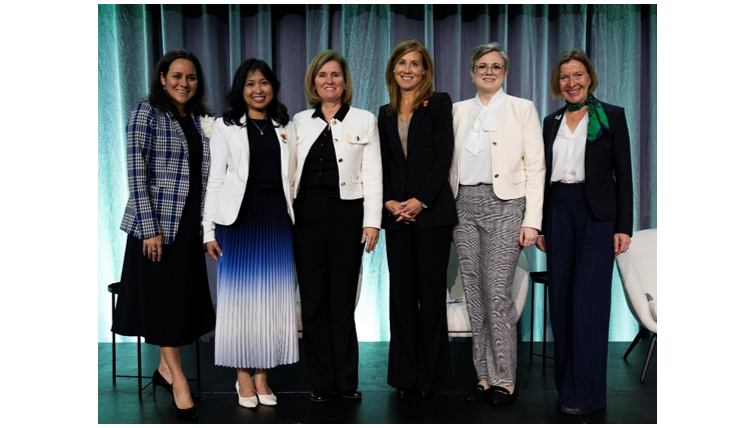
Figure 5 - (From left to right) Lorraine Gray, Aimee Intac-Leung, Angéline J. Bilodeau, Heather Chalmers, Christine Newell, Rannveig Loken
As the energy sector evolves at an unprecedented speed, strategic planning has become more critical than ever. In the Women in Energy (WiE) session, moderated by Lorraine Gray, a panel of four exceptional leaders, Heather Chalmers, Angeline J. Bilodeau, Christine Newell, and Rannveig Loken, explored how technical expertise and its key components not only inform high-level strategy but also support navigating complex trade-offs, shaping resilient infrastructure, and building inclusive energy futures.
From system reliability and digital transformation to decarbonization technologies and data-driven decision-making, the session highlighted how technical insight drives effective strategic planning across the power sector.
- panelists shared their experiences on the most critical technical components that must be aligned early in the strategic planning process for large-scale energy operations. They also reflected on the challenge of balancing long-term goals with the rapid pace of technological change.
The key takeaways from the WiE panel:
- We are an ecosystem – Collaborative relationships across utilities, suppliers, and partners are more important than ever.
- We are building on the legacy of our grid — Standing on the shoulders of giants who laid the foundation and now it is our turn to evolve it for the future.
- Ambiguity and uncertainty are not roadblocks — they are opportunities to come together, align, and lead with purpose.
Let’s keep the momentum going!
CEO Panel – The Power of Alignment
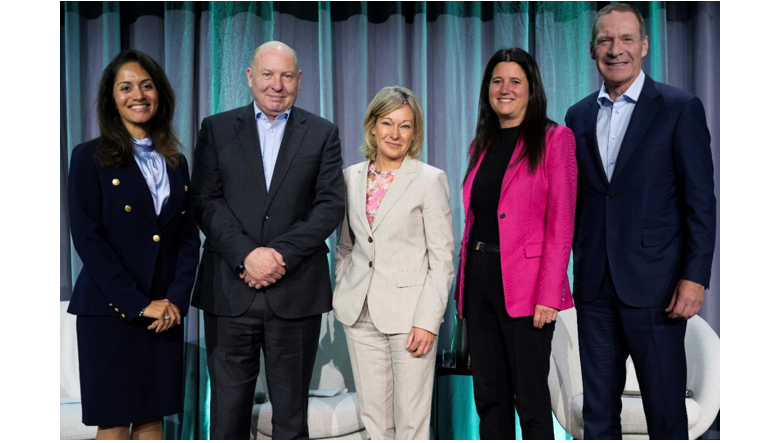
Figure 6 - (From left to right) Indy Butany, Fintan Slye, Claudine Bouchard, Stéphanie Vaillancourt, Bob Myles
At the CEO panel moderated by Indy Butany, energy leaders Claudine Bouchard, Stéphanie Vaillancourt, Fintan Slye, and Bob Myles, representing organizations from Canada and abroad, shared candid insights on the urgent need for collaboration, innovation, and decisive action to meet the challenges of the energy transition. With climate change, affordability, and system resilience forming a complex trilemma, panelists emphasized that success by 2035 hinges on aligning stakeholders across governments, industries, communities, and customers.
Strategic foresight and long-term planning were highlighted, with a call to streamline permitting, engage communities early, and rethink contracting models to accelerate infrastructure delivery. Leaders stressed that social license must be earned through transparent communication, inclusive partnerships, especially with indigenous communities, and by mobilizing employees as ambassadors of change.
Technological integration, particularly in digitalization and nuclear, is the key to unlocking efficiencies and enabling consumer participation. Panelists agreed that energy efficiency and education are vital to managing costs and empowering customers, especially in a context where rates must remain affordable.
A call to act together: Motivated by the scale and societal importance of the transition, the CEOs issued a unified call to action; act now, collaborate deeply, and build trust. The energy sector’s legacy will be defined not only by the infrastructure it delivers, but by how it engages people, communities, and partners to shape a resilient and sustainable future.
Next Generation Network (NGN) Panel – Driving Innovation in the Energy Industry: Lessons from the Past & Opportunities for the Future

Figure 7 - (From left to right) Aine NurAizza Nuruddin, Conor Mulholland, Frida Ceja-Gomez, Logan Rolles, Madjer Santos, Sabrina Mercer
The Next Generation Network (NGN) panel brought together emerging and established leaders to explore the evolving energy landscape. The discussions led by the moderator Aine NurAizza Nuruddin, CIGRE Canada NGN Chair, emphasized the urgency of climate action, the importance of intergenerational collaboration, and the need to empower young professionals with mentorship, technical training, and global engagement.
The panelists, Frida Ceja-Gomez, Logan Rolles, Sabrina Mercer, Madjer Santos, and Conor Mulholland, shared insights on HVDC technologies, grid modernization, and the operational challenges of inverter-based resources. They highlighted the importance of agile planning, resilient infrastructure, and inclusive project delivery. From capacity auctions in Ireland to substation innovation in North America, the conversation underscored the value of adapting legacy systems to meet future demands.
Global NGN initiatives were also showcased, including cross-border training programs, university outreach, and mentorship models. Personal stories, from witnessing equipment failures to leading international collaborations, revealed the human side of engineering and the transformative power of mentorship.
The panel concluded with a call for stronger ties between industry and academia, encouraging joint projects and real-world engagement to accelerate the energy transition. As the NGN continues to grow across 40+ countries, it remains a vital platform for shaping the next generation of energy leaders; driven by curiosity, collaboration, and a shared commitment to a sustainable future.
CTO Panel – Artificial Intelligence in Electrical Grid

Figure 8 - (From left to right) François Mirallès, Naveen Srivastava, Gerhard Salge, Hendrik Hamann, Xing Wang, Christian Bélanger
Artificial Intelligence: A Catalyst for Grid Modernization
At the CTO panel on Artificial Intelligence (AI) in the electrical grid, moderator François Mirallès interviewed experts Naveen Srivastava, Gerhard Salge, Hendrik Hamann, Xing Wang, and Christian Bélanger, representing utilities, research institutions, and technology firms to explore how AI is reshaping the future of energy systems. From forecasting and asset management to planning and cybersecurity, AI is emerging as a strategic enabler of grid resilience, efficiency, and innovation.
Foundation models trained on vast datasets are revolutionizing weather prediction and disaster response, enabling hyperlocal forecasts and proactive infrastructure protection. Utilities are deploying compact, purpose-built AI models for tasks like defect detection and vegetation management, reducing outages and optimizing maintenance.
Energy consumption by AI and data centres was a key concern. However, panelists highlighted the technology sector’s history of improving computational efficiency and predicted that future AI models would be more energy-conscious, especially for business-specific applications.
Finally, discussions addressed the evolving role of intellectual property and open-source software. While open-source tools foster collaboration, their use in critical infrastructure must be carefully managed to ensure security and accountability. The consensus was clear: AI is not a replacement for human expertise but a “copilot” that enhances decision-making, supports the energy transition, and drives smarter, more sustainable grid operations.
Closing Ceremony and Highlights of the Symposium
During the Closing Ceremony, Pierre Van Dyke shared key highlights from the Symposium:
Decarbonization and Booming Power Demand
- A global and unprecedented increase in power demand is expected in the coming years.
- Grid expansion must achieve in 25 years what previously took 100 years.
Climate Change
- Extreme events such as high winds, flooding, and forest fires will become more severe and frequent.
- Investing in prevention is far more cost-effective than reacting afterward.
The Next Generation
- Securing new talent is essential, including both blue-collar and white-collar workers.
Reconciliation
- It is crucial to involve the First Nations in projects from the very beginning.
AI Applications
- Vegetation management
- Demand forecasting
- Maintenance
- Weather forecasting
- Enhancing existing systems
Innovation
- Traditional methods will not meet future demand.
- Innovation is needed to improve efficiency while maintaining safety.













